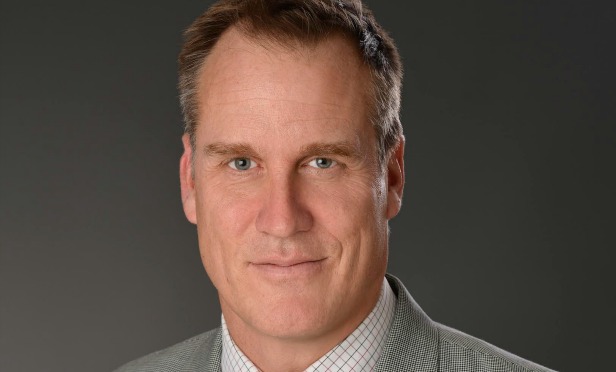 Nick Griffin Downtown Central Business Improvement District GlobeSt.com: Where is the Downtown Los Angeles renaissance heading? Nick Griffin: GlobeSt.com: What is driving the growth in this second phase that will make DTLA this city within a city, or its own market rather than a submarket of L.A.? Griffin: GlobeSt.com: Do you expect the market to continue to grow as rapidly as it has in the past? Griffin: GlobeSt.com: Why do you expect this market to continue to grow so rapidly? Griffin: GlobeSt.com: How is the ownership and capital changing in Downtown Los Angeles as the market evolves? Griffin: GlobeSt.com: The DCBID has obviously been integral to the growth up to this point. What are you doing to usher in this next phase of growth? Griffin:
Nick Griffin Downtown Central Business Improvement District GlobeSt.com: Where is the Downtown Los Angeles renaissance heading? Nick Griffin: GlobeSt.com: What is driving the growth in this second phase that will make DTLA this city within a city, or its own market rather than a submarket of L.A.? Griffin: GlobeSt.com: Do you expect the market to continue to grow as rapidly as it has in the past? Griffin: GlobeSt.com: Why do you expect this market to continue to grow so rapidly? Griffin: GlobeSt.com: How is the ownership and capital changing in Downtown Los Angeles as the market evolves? Griffin: GlobeSt.com: The DCBID has obviously been integral to the growth up to this point. What are you doing to usher in this next phase of growth? Griffin:© Touchpoint Markets, All Rights Reserved. Request academic re-use from www.copyright.com. All other uses, submit a request to [email protected]. For more inforrmation visit Asset & Logo Licensing.






